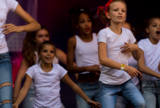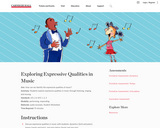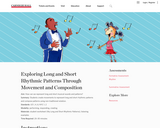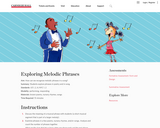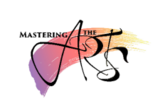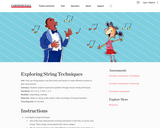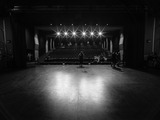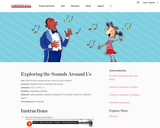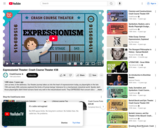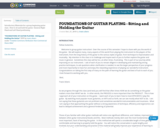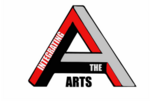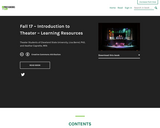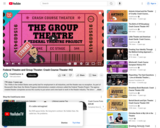In the sections of Chapter 1, we’ve included interactive learning content to test your knowledge over Theater history and production, with many knowledge checks over Theatrical Worlds, Edited by Charles Mitchell, as well as Playhouse Square theaters and productions, and other theater content. This content can be used by Theater students anywhere in the world, but will be helpful to those reading Theatrical Worlds.
In Chapter 2, there are analyses of local live performance, written by CSU Theater students and Heather Caprette. They serve as examples of exemplary work for the open assignment 2, as well as provide information about performances of interest to the public theater goers. * A Note of Caution: These analyses can not be copied by other Theater students to satisfy the requirement for an assignment in a course, but will give an idea of what a well written analysis paper looks like. Copying of these assignments to turn in as your own assignment constitutes plagiarism and academic misconduct.
Chapter 3, is an example of how a group of students working together on the recreation of a scene or small part of a play can share their ideas. The part should be less than 10% of a play. The example is being produced by Heather Caprette, MFA, but in the assignment, different students would work on various aspects of the theater production. Elements recreated include: dialogue, character design, set design, stage lighting, costume design, and sound design.
At this time, it’s best to view the Pressbook in Chrome browser, due to some display issues caused by a recent upgrade.
